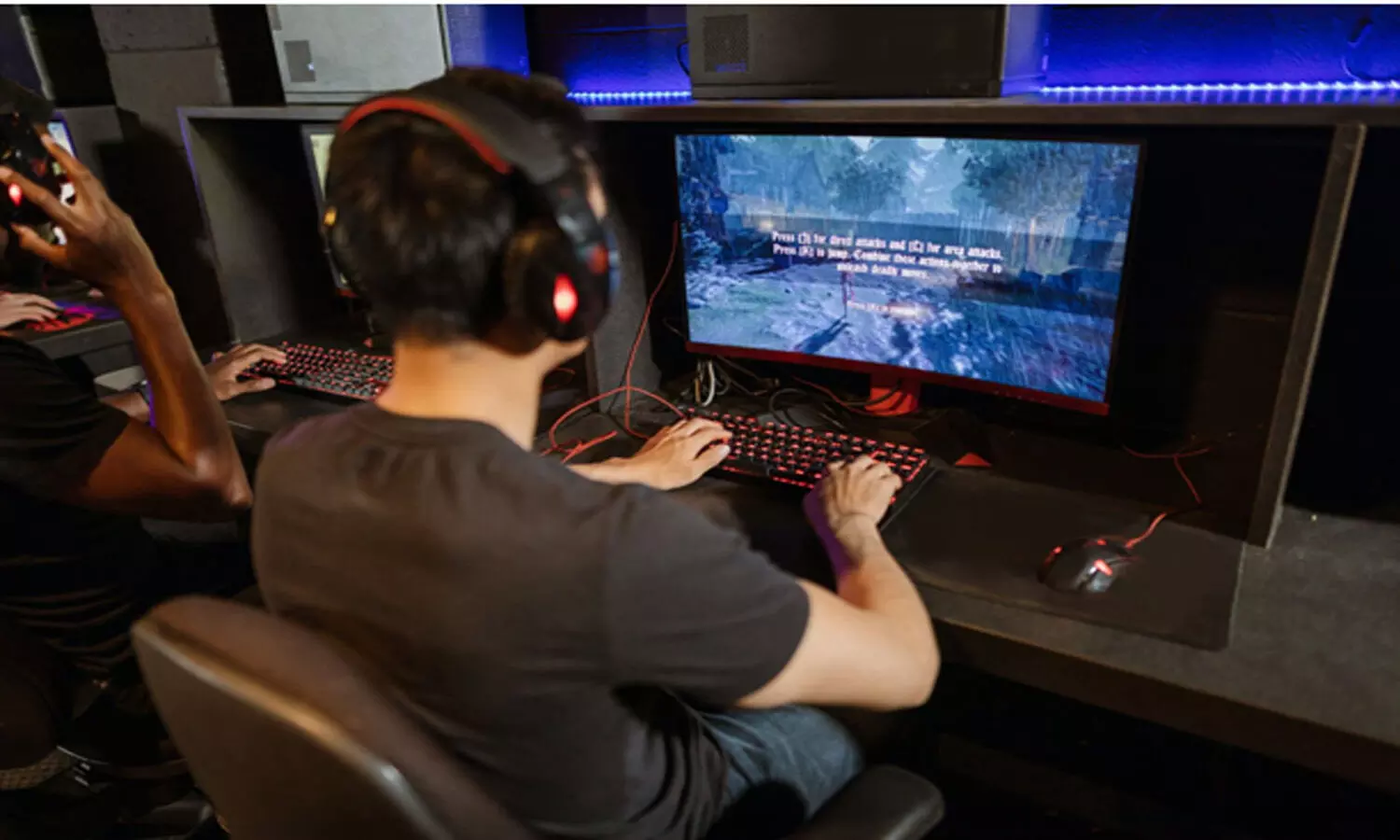TRENDING TAGS :
Online Gaming to grow estimated $2.8 Billion in India by 2022
In India, however, the gaming sector accounts for less than half of box office revenue.
Career Success: Essential Advice for Thriving in a Changing Job Market
Globally, the video game business eclipses the film industry in terms of box office income (around four times the box office revenues). In India, however, the gaming sector accounts for less than half of box office revenue. This difference is anticipated to close due to variables coming together and creating a tailwind for the gaming sector.
In 2019, the Indian online gaming business was projected to be worth US$1.1 billion, accounting for 5% of the country's media and entertainment (M&E) market. We forecast that India's online gaming sector will continue to expand at a fast pace. The industry is projected to grow at a 40% compound annual growth rate through 2022, bringing the market to US$2.8 billion and increasing the sector's proportion of overall M&E to 45 percent. This increase will be primarily fuelled by mobile gaming, accounting for 85 percent of all online gaming in India.
The factors that will drive this rapid growth of the industry are discussed below.
The Pandemic Effect
Even before the COVID-19 epidemic, internet gaming expanded its reach to a broader and more varied audience. The allure of online gaming as a means of interaction with other gamers worldwide, the ability to play on any modern computing device, participate in in-game events, achieve rewarding tasks, and share achievements on social media have sparked new business models and influenced consumer behavior.
Gaming was already one of the top five mobile activities in 2019.
Then the epidemic and subsequent limitations accelerated the industry's growth. Within the spectrum of consumer entertainment options, this is how gaming gained momentum:
- Several conventional leisure and entertainment alternatives become inaccessible at the first level. As a result, alternatives such as live concerts and movie theatres were excluded from the list of potential alternatives.
- On a second level, some of the choices available for consumption from the comfort of one's own home precluded the production of new material. For example, although conventional television and video-on-demand services had archives, they could not generate much new material due to COVID-19-related limitations. As a result, their usefulness diminished over time as customers watched older episodes, and new episodes were released slowly.
- Only a few choices — notably games and anime/animation — can support both production and consumption in the "new normal," giving them an advantage over other forms of entertainment.
In India, engagement, as measured by time spent on gaming apps, rose by 21% during the first countrywide lockout, bringing the entire customer base to 300 million people. While the delivery of vaccinations and the return of economic activity may result in a level or even decrease in the average amount of time spent playing video games, the business would already be in speed.
The effect of socioeconomic variables
Over the last decade, India has seen various socioeconomic changes, some prompted by legislation (notably endorsing micro-transaction payment systems post-demonetization). The following are the significant factors that will contribute to the development of domestic gaming consumption in India:
Demographics
India is one of the world's top five mobile gaming marketplaces, accounting for 13% of worldwide game sessions, and is projected to add 40 million online gamers between 2020 and 2022.
- Approximately 65 percent of India's population (1.3 billion people) is under the age of 35. By 2022, India's median age would be only 29, which is relatively young compared to China (37) or Japan (48), and would provide a sizable demand base for gaming businesses in the country.
- Rural regions and women are also becoming more involved in gaming. Other than gaming, rural people had taken an interest in lotteries as well. These lotteries are conducted in every state of India. Every day of the week, the State Lottery is held at three different times: morning, day, and evening. Each day, the lottery is conducted under a new name, with a bit of variation in the prize money. The results are published daily on Lottery Sambad website. Moreover, the website also publishes Teer Result. These lotteries aim is to enhance the living facilities inside the states.
Predominance of smartphones
By 2022, India's smartphone user base is projected to reach 820 million.
Along with cost, modern cellphones have increased storage and functionality. These include faster processing chipsets, graphics processing units (GPUs) for immersive graphics, extensive High Dynamic Range (HDR) enabled displays, and increased battery life. These would allow players to access previously unavailable games and improve the gaming experience.
Data services at an affordable price
India has over 500 million active internet users, making it the world's second-biggest. It offers one of the most inexpensive mobile data plans globally, which has aided in rural India's internet penetration via the high-speed 4G mobile networks with minimal latency. This enables players to interact with one another in real-time multiplayer games.Online Gaming To Grow Estimated $2.8 Billion in India by 2022
Stay tuned with the newstrack to get fastest updates. Click @englishnewstrack to follow us on Facebook and @newstrackmedia to follow on Twitter.



